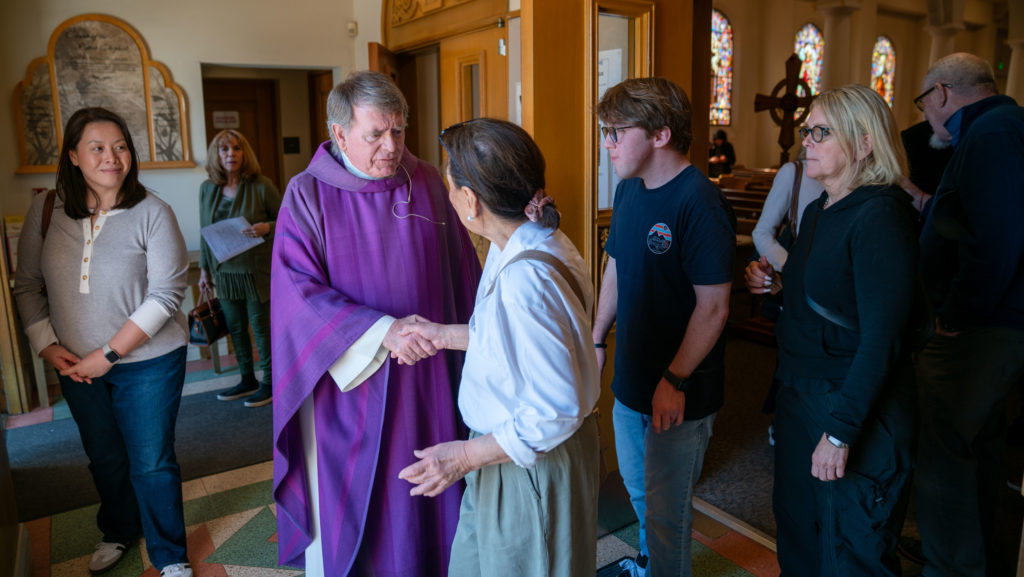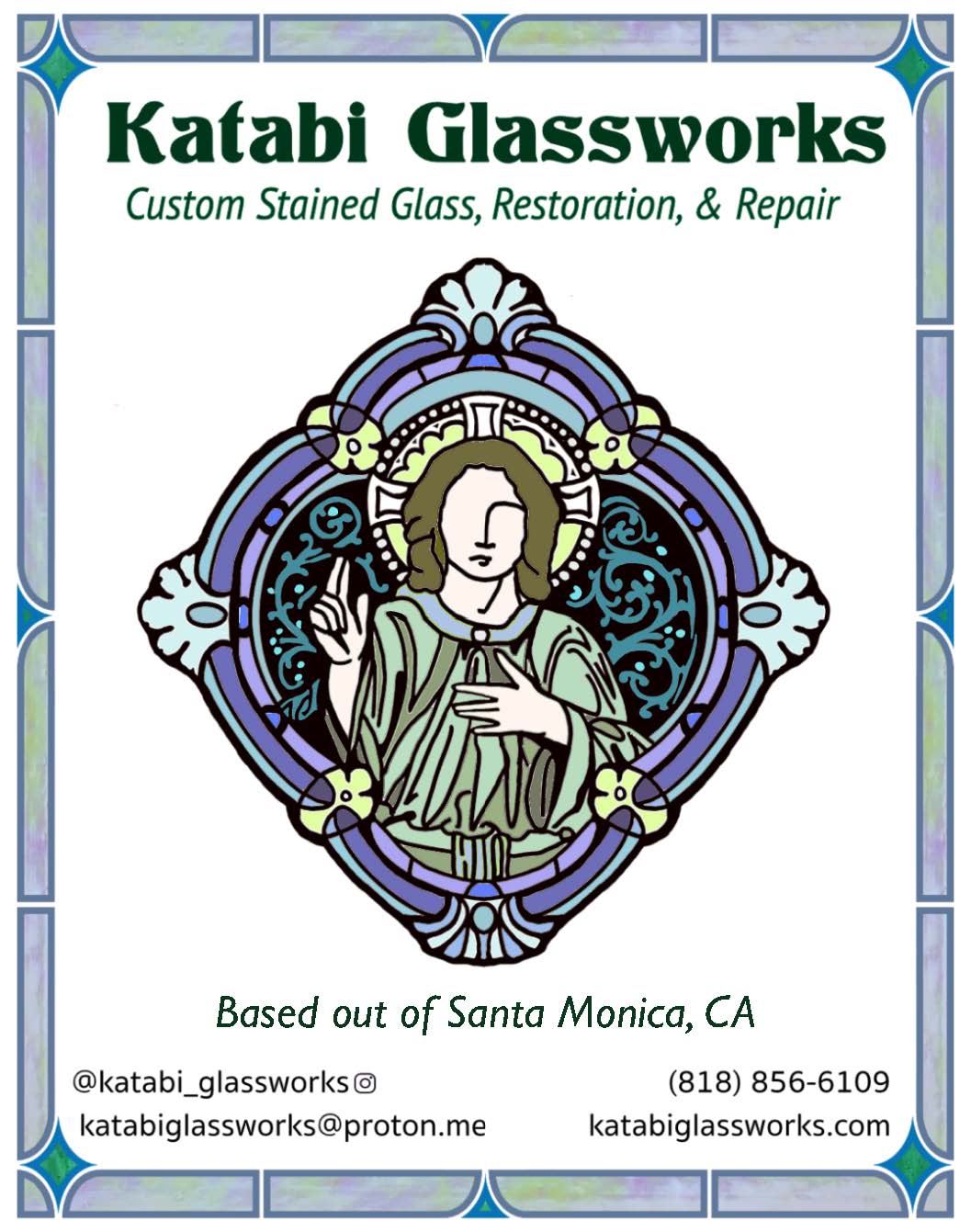Eighty-year-old Msgr. Liam Kidney, pastor of Corpus Christi Church in Pacific Palisades, has seen a lot in his 57 years as a priest.
But since January, Kidney has taken up a Sunday routine unlike anything he could have ever imagined: celebrating Mass at a parish not his own, but for a congregation that is.
Since the Palisades Fire incinerated his church — and the homes of most of his parishioners — Kidney has found himself a displaced shepherd to a wandering flock.
“We’re the roaming Catholics,” said one Corpus Christi parishioner with a chuckle — and a hint of pride — as Kidney’s hosts at St. Anastasia Church in Westchester showed him around the church’s newly renovated sanctuary.
Indeed, “Roaming Catholics” are what the parish community of Corpus Christi have become. With the help of the parish website and an email chain, parishioners are told week to week where they will be gathering for Mass on the next Sunday. This weekend was St. Anastasia’s turn.
“They are more than welcome to come to our church,” said St. Anastasia pastor, Father Leszek Semik.
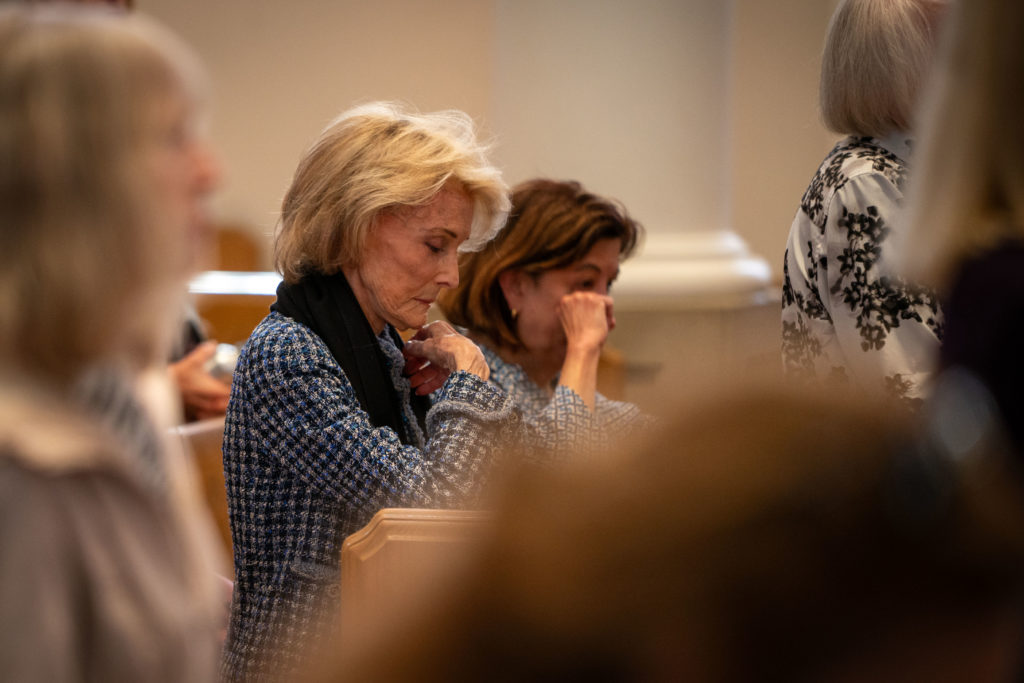
Days after the Palisades Fire broke out, Semik read the Angelus article about the rescue of Corpus Christi’s tabernacle. When he learned that Kidney was a few miles up the road to St. Monica Church in Santa Monica, he reached out to offer his church as a place for Kidney and the displaced parishioners of Corpus Christi to celebrate Mass together.
The experience of leading a parish in exile has inspired a certain kind of zeal in Kidney.
“The roaming Catholic is, to some degree, fun. I mean, there’s a kind of an energy to it,” he said. “What I’m happily amazed at is the people are sticking with it. And I say, ‘Thank you, God.’ I mean, what a blessing.”
Kidney hopes that Corpus Christi will be rebuilt in the future. But in the meantime, his priority is keeping its people together, and finding a place where they can gather regularly.
“My worry is that [being a roaming Catholic] is going to get old,” said Kidney.
The challenges are many. Most of Corpus Christi’s parishioners are Palisades residents who lost their homes to the fire and now face hard decisions about where to build their futures.
Parishioners told Angelus that while some have moved to other parts of California, the U.S., and even abroad, the greatest concentration of Corpus Christi members have resettled along LA’s Westside, in communities like El Segundo, Manhattan Beach, and Santa Monica. (Hence, the parishes hosting the Sunday Masses with Kidney have generally been in that area.) Some parishioners have been able to rent temporary homes with the help of insurance, while others have moved in with family or friends.
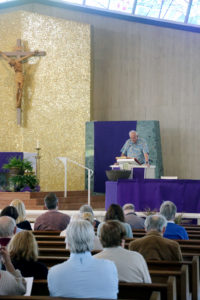
Sam Laganà has lived in Pacific Palisades and belonged to Corpus Christi since he was a child. Although he successfully defended his home from burning down, he doesn’t expect to be allowed to return until at least next year. For now, he’s been living in Santa Monica and serving as the Roaming Catholics’ lector at Mass.
“The biggest challenge is patience,” said Laganà, the official stadium voice of the Los Angeles Rams. “The process is not going to happen overnight. So, for us to come together, in a central, temporary, semi-permanent location until we can rebuild, that’s going to really help our community.”
Laganà envisions Corpus Christi being rebuilt in the next five years, even if its flock of Catholics will be smaller.
“Once we’re rebuilt, we could be revitalized and do that with positivity and promise,” he told Angelus after Mass.
For now, Corpus Christi’s religious education and confirmation classes for young people are being held at St. Monica’s, which offered its facilities. Its OCIA program (Order of Christian Initiation, formerly known as RCIA) has merged this year with St. Monica’s, and Corpus Christi associate pastor Father Valerian Menezes has joined the formation team.
In the meantime, the scattered parishioners say the Sunday Masses are giving them hope, and helping keep them together.
“Msgr. Kidney’s messages and his homilies have just been spot on every week,” said Rebecca Baron, who stayed after the St. Anastasia Mass with her husband, Juan, and their two daughters for coffee and donuts in the courtyard area.
She especially appreciated the consistency it’s given her family.
“It’s been so relevant to the kind of many different emotions our family’s been dealing with, and losing our community, and losing our home … just this tragedy that we could have never imagined.”
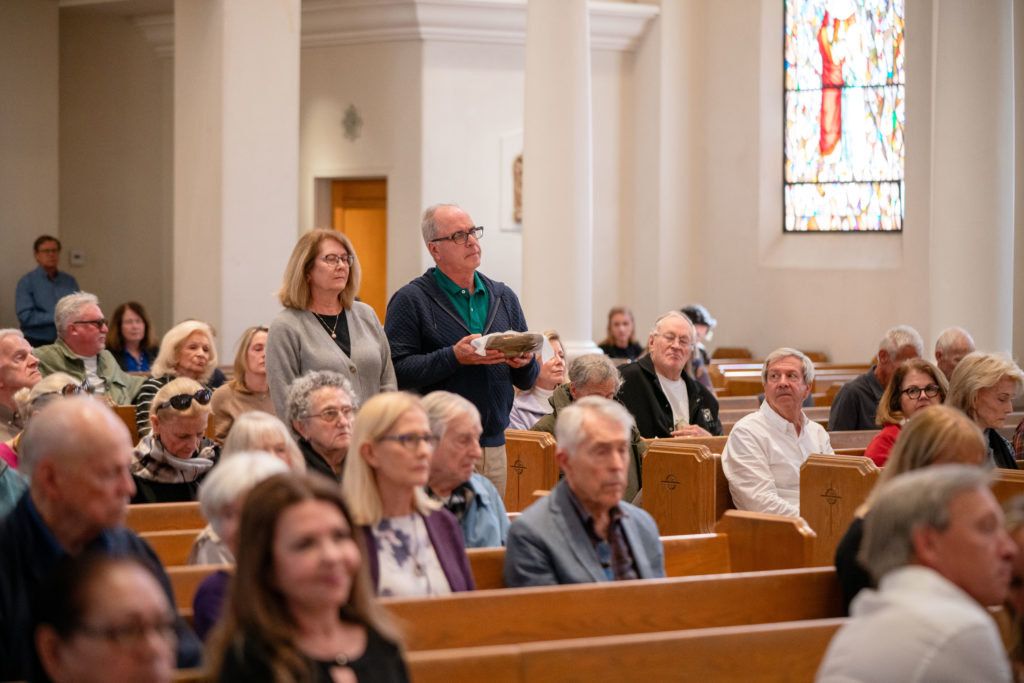
Will Salvini, Corpus Christi’s music and liturgy director, said that while the community’s losses have been “devastating,” the welcome from each different parish every weekend has been “amazing.”
“It is a time for us to adjust as pilgrims,” said Salvini. “You heard Father Kidney use the word roaming Catholics, but ‘refugees’ — that word fits us as well.”
At the March 2 Mass, even the day’s guests had guests.
Allen Villasenor’s elementary school-age sons had told their dad they wanted to help Corpus Christi’s school. So that morning, the family drove up from San Diego after learning that members would be at St. Anastasia.
“They wanted to do something for the school, Corpus Christi, and we started brainstorming what would be a good drive to do,” said Villasenor.
The boys thought something that might make things normal for the victims of the fire might be either books or board games.
“We were trying to decide one or the other,” said the father, “we decided to do both.”
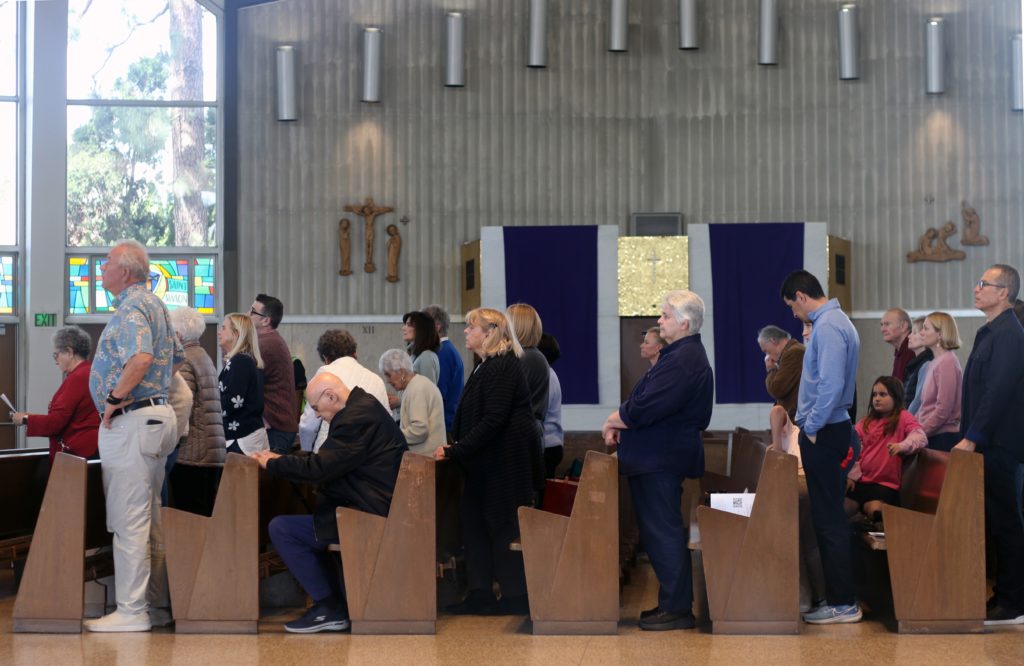
In his homily at St. Anastasia, Kidney recalled the days of his youth in his native Cork, Ireland, where he discovered an important life lesson while learning to sail boats as a child.
“Liam, look at the top of the mast,” he remembered his instructor telling him. “Don’t look down, look at the top of the mast.”
“And you would look at the top,” Kidney continued, “and all you would see is the top of the mast and the sky and it was no problem.”
In the same way, “the message of our faith is we’re always looking at the top of the mast, we’re not looking down,’ said Kidney.
For Kidney, the need to look forward is the one his parishioners need most right now.
“We’re always looking at the top … because the top is where we’re going, and the top is where there’s peace, security, calmness, and hope.”
Editor-in-chief Pablo Kay contributed to this story.
